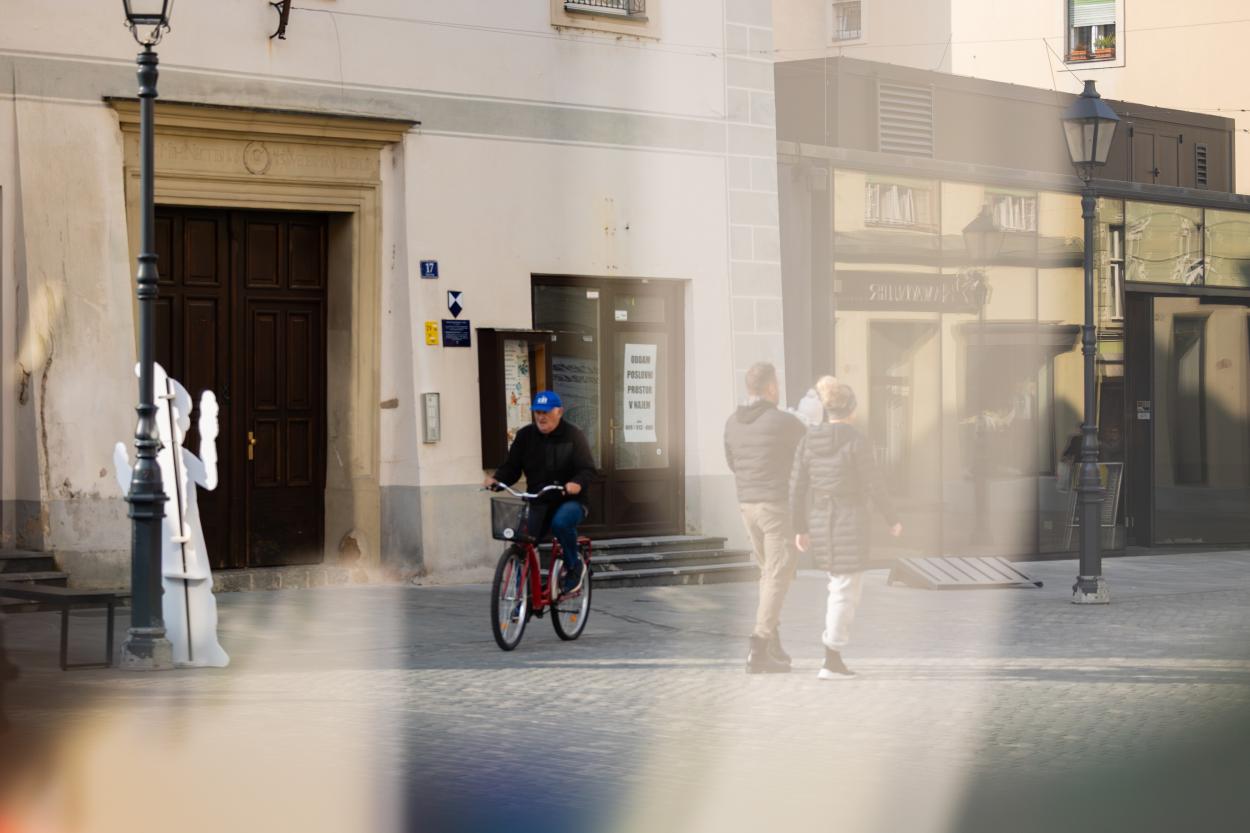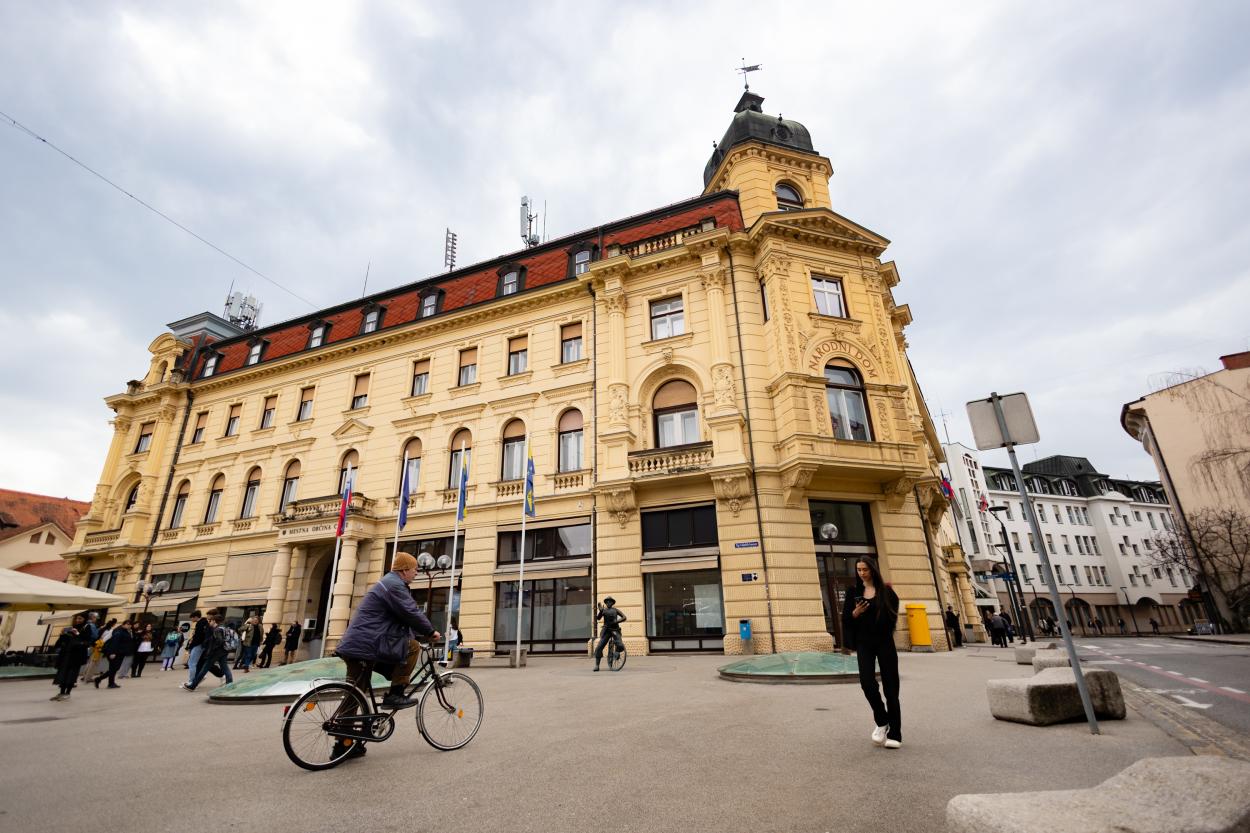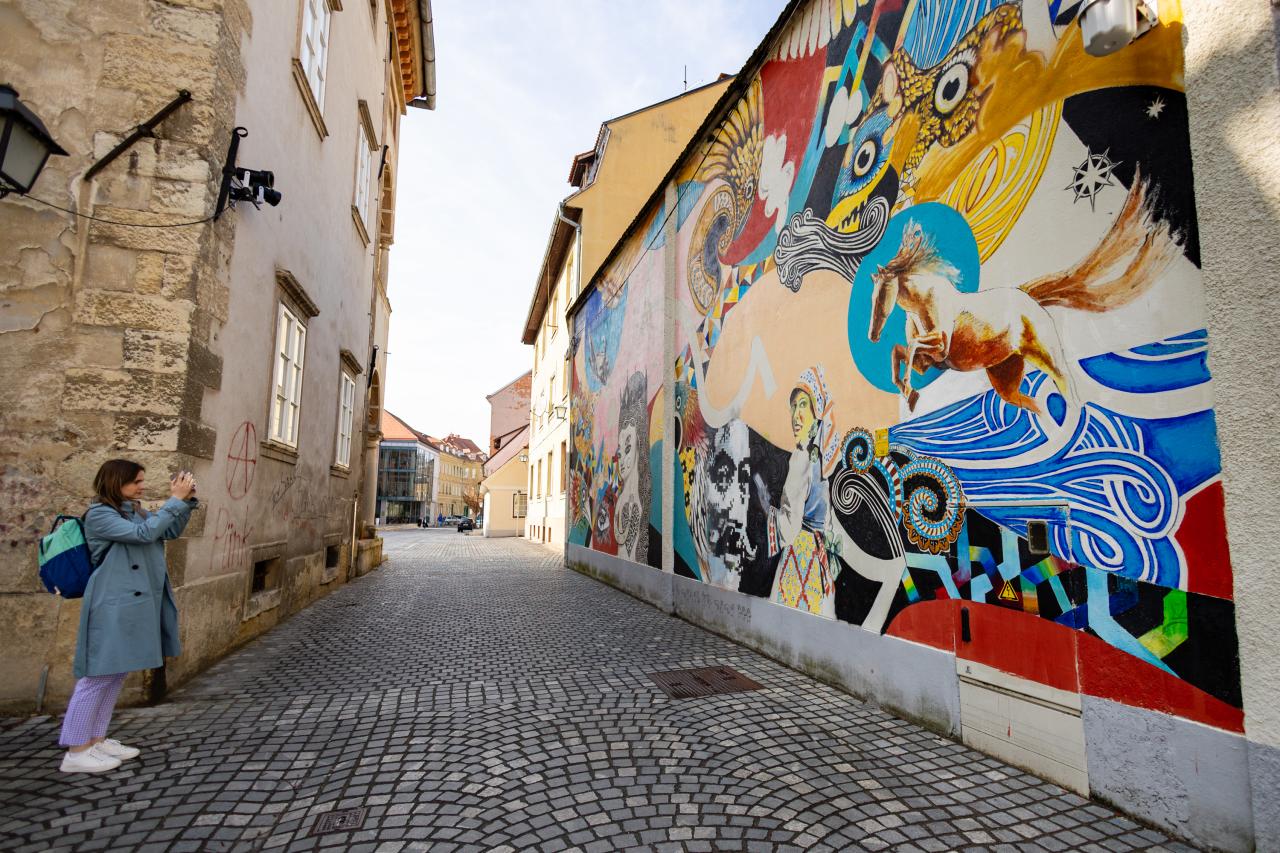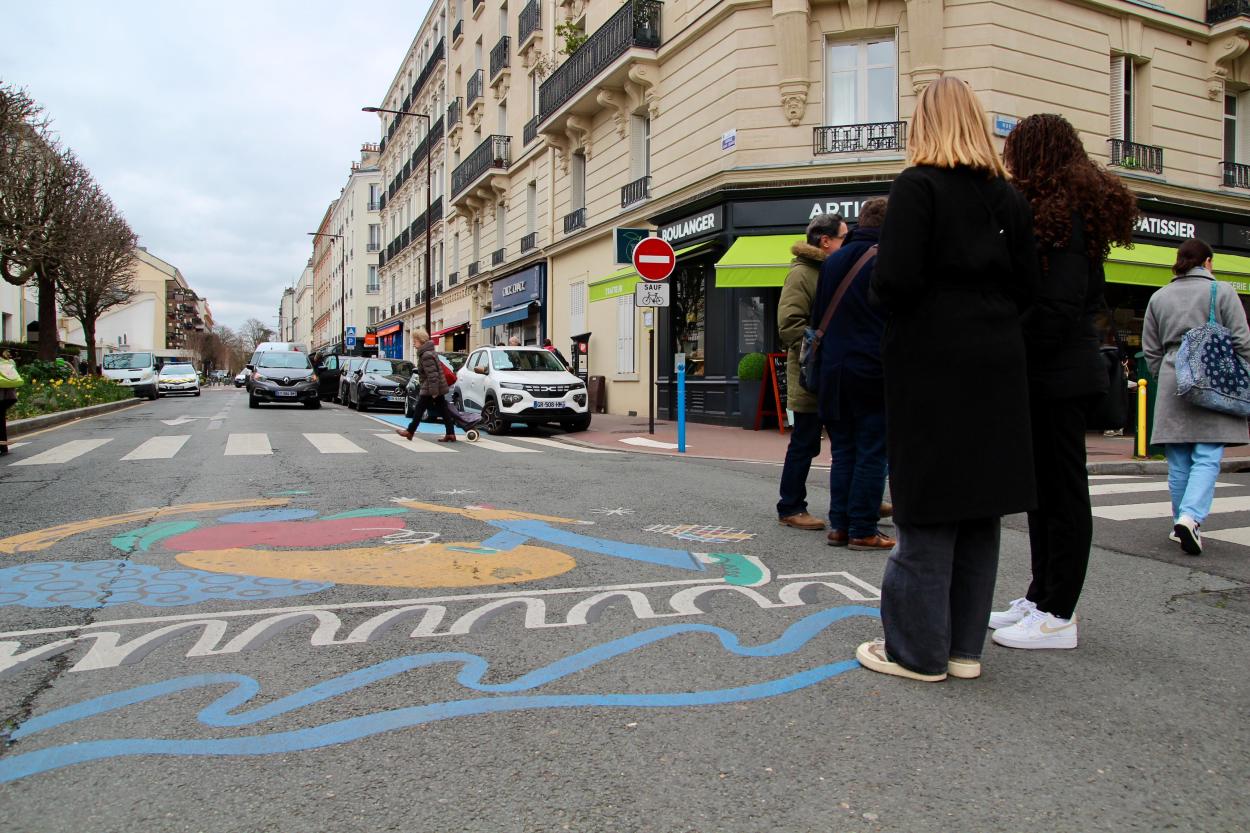Gleaning good practices this quarter
The best practices of this period are summarized by those presented during the transnational meeting in Celje, as well as those shared in the two thematic webinars held during this quarter.
5.1. Management of business premises in the city centre
5.2. Support for local entrepreneurs
5.3. Co-financing of the renovation of buildings
5.4. Regulation of the appearance of pub/coffee shop terraces
5.5. Restriction of advertising in public spaces
5.6. Closing streets to cars, opening them to people.
5.7. Active management of the city centre
5.8. System of a joint city centre voucher
5.9. Support for artists and the artists' quarter
5.10. Murals
5.11. Temporary use space – GT8
5.12. DOM: Center of urban happening
5.13. Tehnopark Celje
5.14. Nepremičnine Celje/Local Housing Agency
5.15 Creating a home in the city
Focus on two of Celje’s Good Practices
5.6. Closing streets to cars, opening them to people.

This good practice fosters community and offers a myriad of benefits for the city and its inhabitants.
Health & Well-being
Encourages walking, running, cycling, and other physical activities.
Reduces air pollution, lowers noise pollution, creating a more peaceful urban environment.
Community & Social Connection
Transforms streets into social spaces where people can interact, play, and engage in cultural events. Strengthens community bonds by fostering a shared, vibrant space for residents.
Supports local businesses by attracting more pedestrians who are likely to explore shops and cafés.
Environmental Impact
Reduces carbon emissions by encouraging alternative modes of transportation, such as walking and cycling. Promotes greener urban design, prioritizing pedestrian- and bike-friendly infrastructure. Additionally, it enhances biodiversity by creating spaces for trees, plants, and other green areas, fostering a healthier, more sustainable urban environment.
Traffic & Safety
Helps lower the number of traffic accidents and pedestrian injuries by creating safer streets. It also encourages more accessible environments for all, particularly benefiting children, the elderly, and people with disabilities, ensuring that urban spaces are inclusive and safer for everyone.
Economic Benefits
Boosts local economies by increasing foot traffic, encouraging people to spend more time in businesses and local establishments. It also promotes tourism, making cities more attractive and livable for both residents and visitors, ultimately supporting sustainable economic growth in urban areas.
5.15. Creating a home in the city

Nepremičnine Celje, a non-profit housing organization founded by the Municipality of Celje in 2000, plays a vital role in providing affordable housing to local residents. With a portfolio of 2,000 housing units, housing approximately 4,700 people, the organization focuses on a variety of housing solutions to meet the city's needs. This includes 1,732 non-profit housing units, 38 social housing units, 38 units for the elderly, and 41 housing units for employees. In line with the city’s revitalization efforts, Nepremičnine Celje has also spearheaded projects aimed at rejuvenating the old city center.
One such initiative, the renovation of 17 apartments, received co-financing from the European Regional Development Fund (ERDF), targeting young people and families with an emphasis on active citizenship and local employment.
The programme provides a balance of activity in the city centre which can suffer from conflicts of overcrowding of public space due to its status as a shopping destination. For the residents, the programme makes the city centre an attractive place, accessible by public transport with cycling infrastructure and proximity of services such as schools for their children.
For Nuša, one of the programme beneficiaries, “Creating a home in the city is also about creating the city itself”
The upcoming transnational meeting in Krakow will begin the final phase, focusing on refining and testing activities (second round), detailing actions (identifying resources and clarifying stakeholder responsibilities), and conducting risk analysis to ensure the effective implementation of the Integrated Action Plan (IAP). In Krakow, we will focus on the challenges of over-tourism and urban regeneration.
The full quarterly report is available in PDF and interactive formats.



